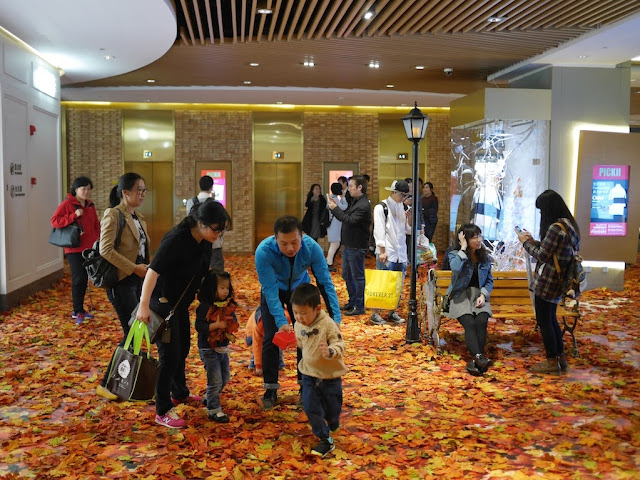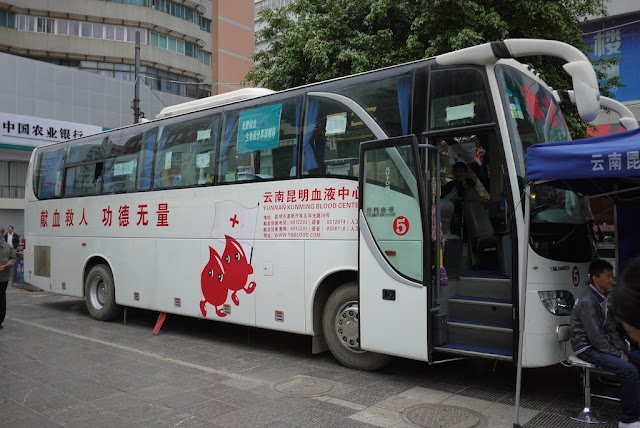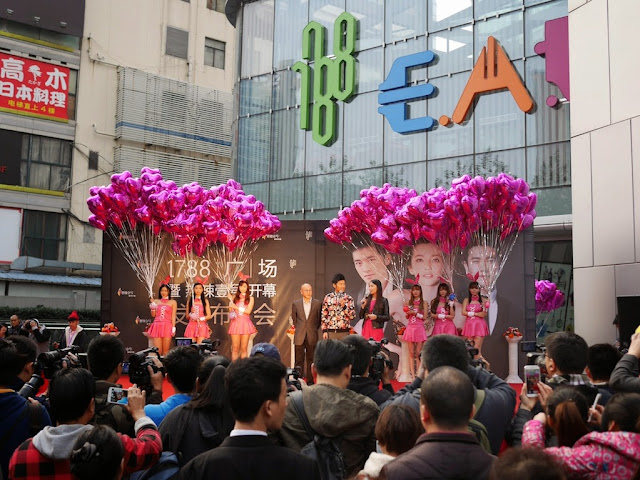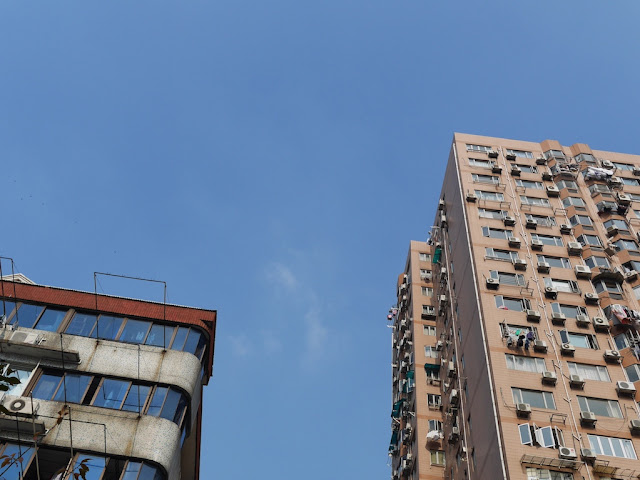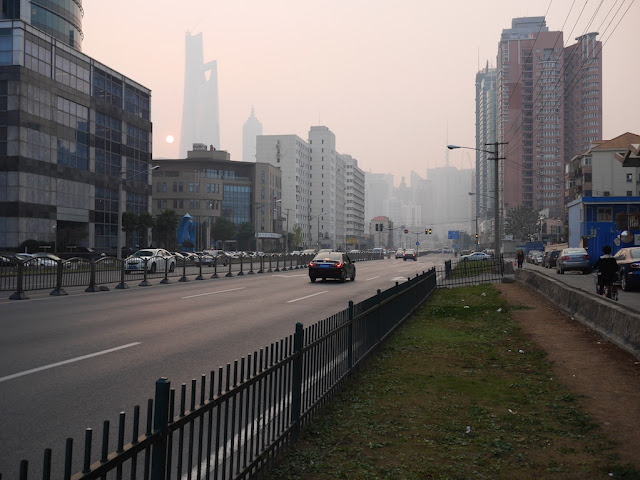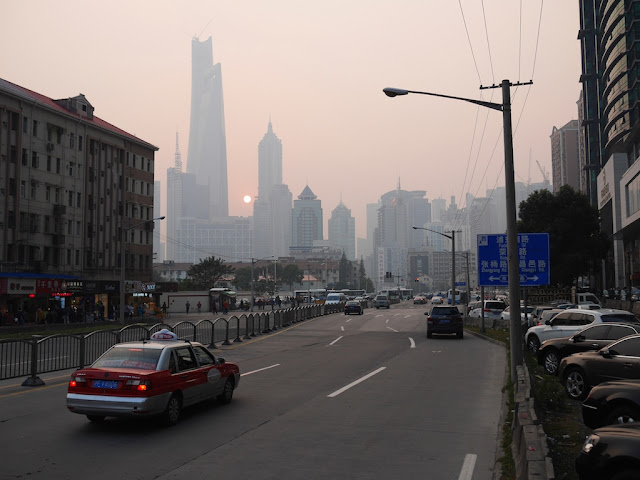In the past, The New York Times has allowed government requests to impact what and when they publish.
For example:
In an unusual note, [The New York Times] said in its story that it held off publishing the 3,600-word article for a year after the newspaper's representatives met with White House officials. It said the White House had asked the paper not to publish the story at all, "arguing that it could jeopardize continuing investigations and alert would-be terrorists that they might be under scrutiny."
The Times said it agreed to remove information that administration officials said could be "useful" to terrorists and delayed publication for a year "to conduct additional reporting."
And the
Times has itself acknowledged that it "has come under fire in the past for agreeing to government requests to hold back sensitive stories or information".
Yet in a recent response to President Xi Jinping's comments regarding some foreign journalists' inability to obtain visas, the
Times' editorial board wrote:
The Times has no intention of altering its coverage to meet the demands of any government — be it that of China, the United States or any other nation. Nor would any credible news organization.
Technically speaking, the White House's requests may not count as "demands", and the Times carefully writes "has no intention". At the very least though, as Bill Bishop
wrote, their claim is "a bit disingenuous".
The Times has indeed altered its coverage in the name of U.S. national security — something surely not lost on the Chinese government. Both the U.S. government and the Chinese government desire to limit the spread of information that could negatively impact national security. Yet they differ significantly in how they try to achieve this goal and how they define "national security" — no small matter in the Times' predicament in China.
In painting a misleading picture of its own willingness to alter coverage, the Times does not provide "the fullest, most truthful discussion of events and people shaping the world" but does provide an easy excuse to dismiss their argument or question their intentions. And in doing so, the Times misses an opportunity to make more nuanced points useful for discussing how foreign journalists operating with greater freedom could be to China's genuine benefit, including its national security.
